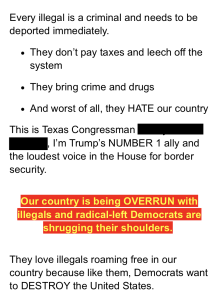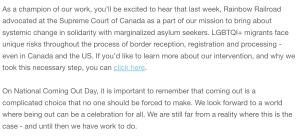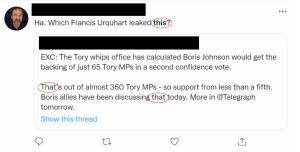6GA. Pronouns Grammar Activities
Jonathon Reinhardt and Dilara Avci
These activities are designed for the content in 6. Pronouns. All corpus analysis activities are in 6CA. Corpus Activities for Pronouns
⇒ 6.1 Pronouns in a speech by Barack Obama
⇒ 6.1.1 Referents, antecedents, & postcedents
⇒ 6.2.1 Is the pronoun singular or plural?
⇒ 6.2.2 Is the pronoun a subject or an object?
⇒ 6.3.1 Personal Pronoun Chart
⇒ 6.3.3 Is the reflexive pronoun an object or an appositive?
⇒ 6.4.1 Which uses demonstrative pronouns?
⇒ 6.4.2 Which indefinite pronouns are singular and/or plural?
⇒ 6.4.3 Which are interrogative and which are relative pronouns?
⇒ Return to 6.1 What is a pronoun?
⇒ Return to 6.1.1 Referents, Antecedents, & Postcedents
⇒ Return to 6.2.1 Number: singular or plural
⇒ Return to 6.2.2 Case: Subject or Object
⇒ Return to 6.2.4 Gender: feminine, masculine, neuter, neutral
⇒ Return to 6.3.1 Personal pronouns
⇒ Return to 6.3.2 Possessive Pronouns
⇒ Return to 6.3.3 Reflexive Pronouns
⇒ Return to 6.4.1 Demonstrative Pronouns
⇒ Return to 6.4.2 Indefinite Pronouns
⇒ Return to 6.4.3 Interrogative Pronouns
a. Find the transcript of episode of a well-known television program in English, for example ‘Friends’, a famous situation comedy from the 1990s. Find 2 examples each of the 7 different pronoun types, and include the full sentence context around it. If the pronoun type can act as a subject or an object, include one of each.
b. Read “A Very Short Story” by Ernest Hemingway (1924) and note how the author uses personal pronouns.
What person is it written in? What is the antecedent of ‘him’ in the first line, and ‘he’ throughout the story? Why do you think the author omits this referent, as opposed to using ‘she’ sometimes for ‘Luz’? What effect does this have? What would the effect be if it were the other way around, that is, if you used ‘Pablo’ (or some other name) for ‘he’ sometimes, and change all uses of ‘Luz’ to ‘she’ or ‘her’?
c. Analyze these two texts — both are from email solicitations for donations, one from a conservative US Congressional candidate and the other from ‘Rainbow Railroad’, a Canadian organization that advocates for LGBTQI+ people. Identify the pronouns and interpret how each message uses them, and to what effect.
c1. 
c2. 
⇒ Return to 6. Pronouns
Module authors: Jonathon Reinhardt & Dilara Avci
Last updated: 2 November 2022
These activities are part of Critical Language Awareness: Language Power Techniques and English Grammar, an open educational resource offered by the Clarify Initiative, a privately funded project with the goal of raising critical language awareness and media literacy among students of language and throughout society.





